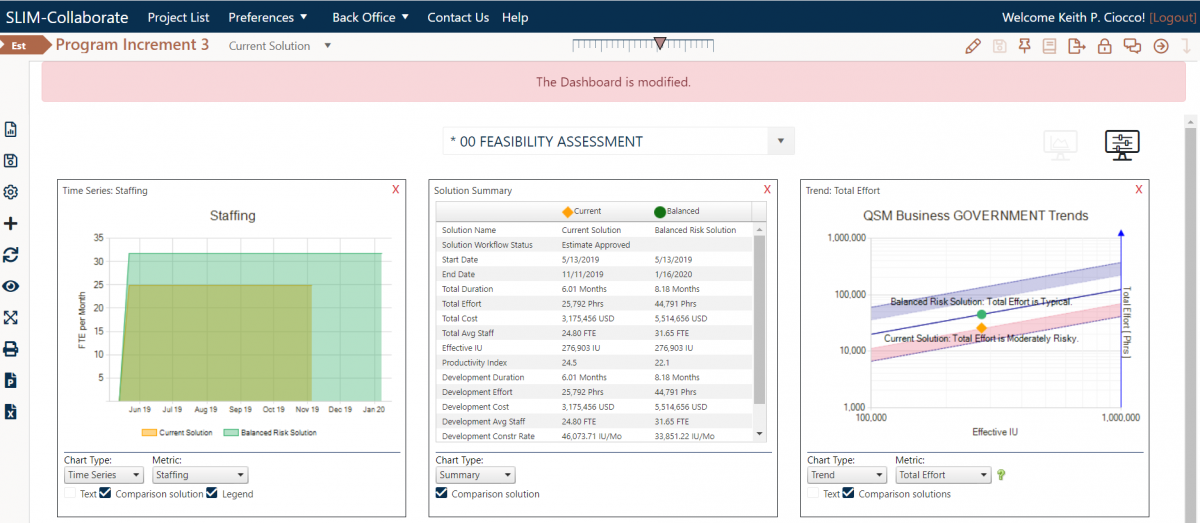Webinar Replay: Leverage Top-Down Estimation for Better IT Planning

If you were unable to attend our recent webinar, "Leverage Top-Down Estimation for Better IT Planning," a replay is now available.
Technology organizations spend millions of dollars a year on IT project planning, delivery, and proposal work. Major questions around cost, duration, scope, and quality are at the forefront of the decision making process. All of this combined with the pressure of ensuring plans and proposals are realistic can make this process a challenging one.
Being able to generate early, top-down estimates while leveraging industry data and empirically-based models is essential to negotiating realistic goals and meeting customer expectations. In this webinar, Keith Ciocco will show how QSM’s SaaS solution, SLIM-Collaborate, can be leveraged early in the planning and proposal process to help meet these challenges.
Keith Ciocco has more than 30 years of experience working in sales and customer service, with 25 of those years spent with QSM. As Vice President, his primary responsibilities include supporting QSM clients with their estimation and measurement goals, managing business development and existing client relations. He has developed and directed the implementation of the sales and customer retention process within QSM and has played a leading role in communicating the value of the QSM tools and services to professionals in the software development, engineering and IT industries.


